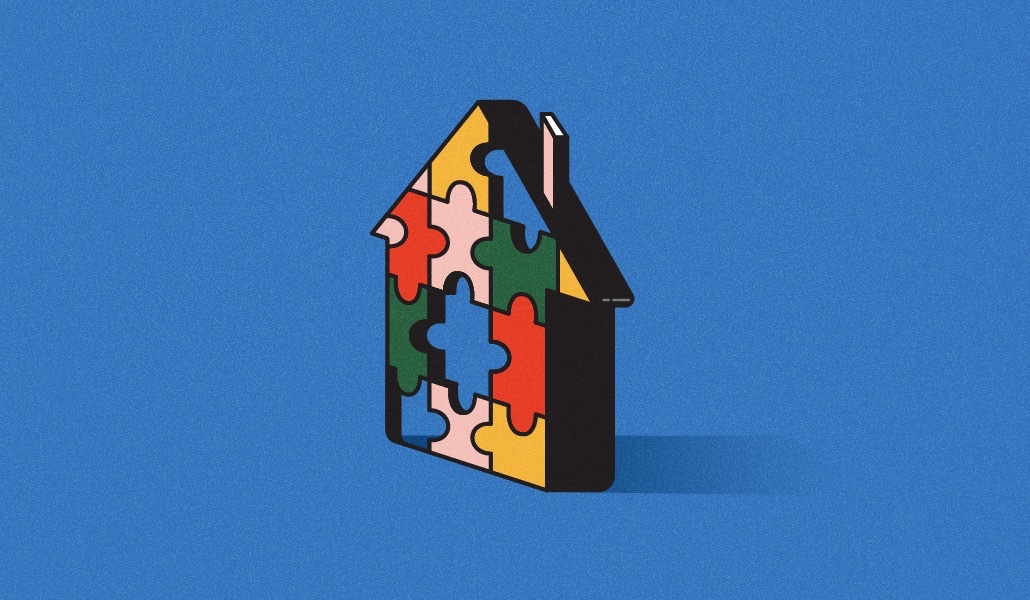
"The move is to move influencer marketing in-house to curb costs, improve go-to-market campaign speed and build closer relationships with more than 100 creators. It's part of Blue Apron's larger brand refresh announced earlier this month, which includes plans to "own the feed" on social media with influencer content, user-generated content, organic and paid social to help the meal kit company boost brand awareness, said Raina Enand, head of marketing at Blue Apron."
"It also speaks to a broader industry trend in which influencer marketing has become a media channel in its own right, and brands are increasingly looking for more control in influencer deals, especially amid economic headwinds and a more professionalized creator economy. "Just like any other digital marketing channel, like social or paid search, you just get such faster turnaround in results, feedback and optimizations," said Enand. It's unclear which influencers the brand is planning to partner with and if there are plans to increase influencer marketing spend as Blue Apron did not share details."
Blue Apron moved influencer marketing in-house to curb costs, speed go-to-market campaigns, and build closer relationships with more than 100 creators as part of a broader brand refresh. The company plans to "own the feed" on social media by combining influencer content, user-generated content, and organic and paid social to boost brand awareness. Influencer marketing is increasingly treated as a standalone media channel, prompting brands to seek greater control amid economic headwinds and a more professionalized creator economy. Market signals include long-running in-house trends, Goldman Sachs' valuation and growth forecast, Unilever's social ad commitments, and investor interest in creator platforms.
Read at Digiday
Unable to calculate read time
Collection
[
|
...
]